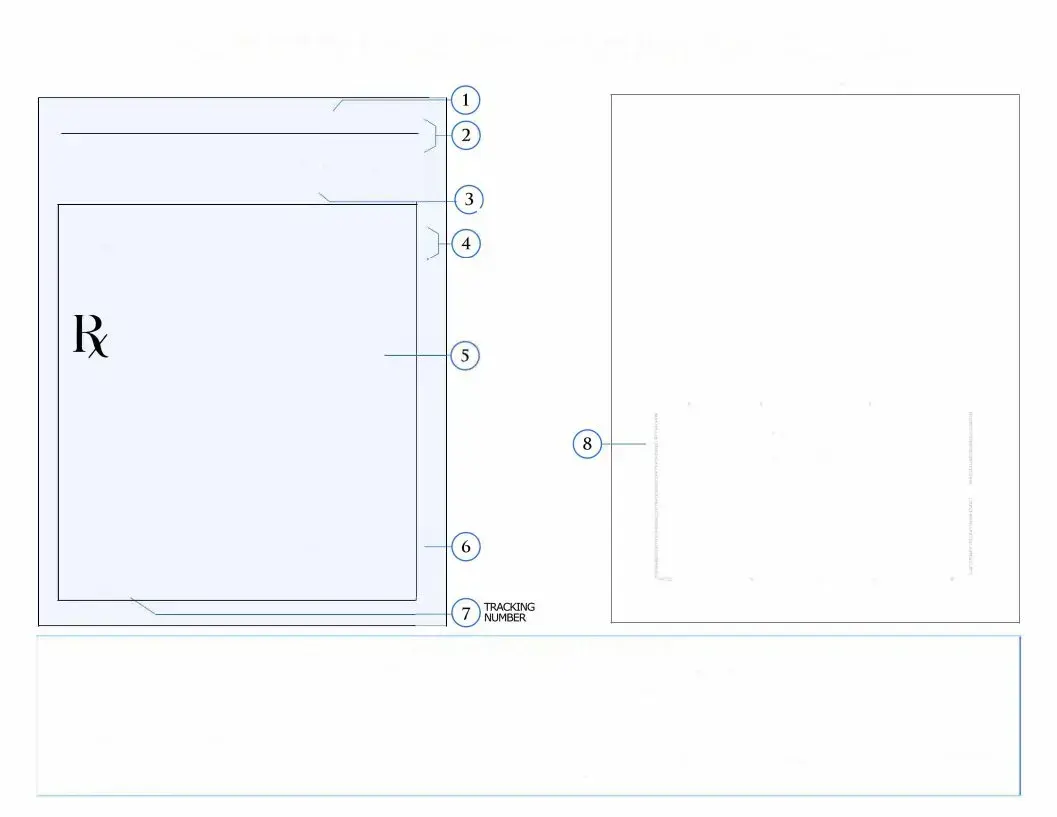What is the Prescription Pad form?
The Prescription Pad form is a document used by healthcare providers to prescribe medications to their patients. It includes important details such as the patient's information, the medication name, dosage, and instructions on how to take it. This form ensures that prescriptions are clear and can be filled accurately by pharmacists.
How do I obtain a Prescription Pad form?
Healthcare providers usually have access to Prescription Pad forms through their medical office or practice management system. If you are a patient needing a prescription, your healthcare provider will provide you with the necessary form or information regarding your medication.
What information is required on the Prescription Pad form?
A complete Prescription Pad form typically requires the patient's name and contact information, medication name, dosage, and instructions for use. The prescribing provider's name, license number, and contact information are also necessary. This information ensures the pharmacist can verify the prescription and provide the correct medication.
How can I ensure my prescription is filled correctly?
To ensure your prescription is filled correctly, always double-check the details on the Prescription Pad form. Make sure your name, the medication's name, and the dosage are accurate. If you have any questions, don't hesitate to ask your healthcare provider or the pharmacist for clarification before leaving the pharmacy.
Are there any restrictions on what can be included in the Prescription Pad form?
Yes, there are restrictions. Certain medications, such as controlled substances, require additional information and may have stricter guidelines regarding their prescriptions. Healthcare providers must comply with these regulations to ensure patient safety and legal compliance.
What should I do if there is an error on my Prescription Pad form?
If you notice an error on your Prescription Pad form, it's important to address it immediately. Contact your healthcare provider to correct the mistake. They may need to issue a new Prescription Pad form to ensure that the pharmacy has accurate information to fill your prescription safely.

